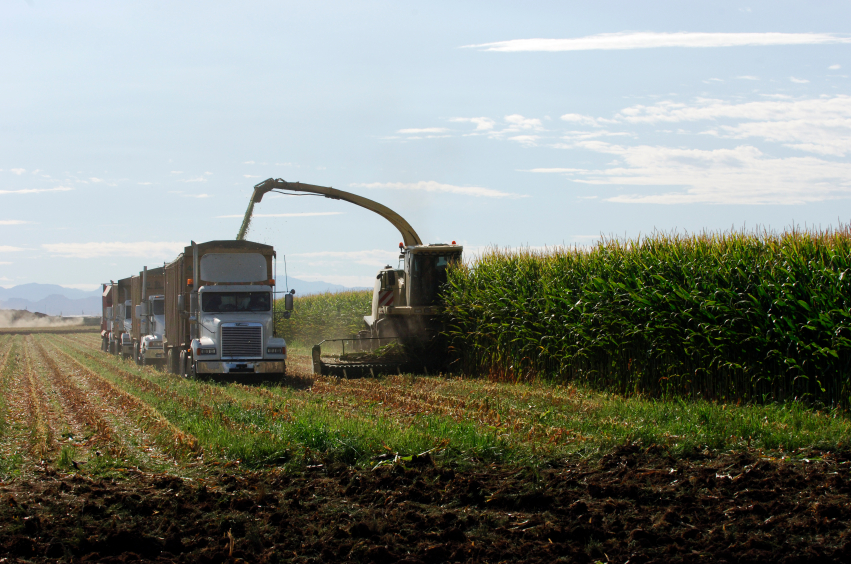
The Touchy Issue of Pesticide Drift
It’s been 20 years since the RoundUp Ready soybean revolutionized crop production, providing farmers with a powerful tool to control yield-robbing weeds and usher in widespread adoption of conservation tillage methods. However, nature has caught up with the herbicide-resistant technology. Glyphosate-resistant weeds now pose a major challenge for producers, especially in the Southeast. Dicamba has been heralded as the solution to add to farmer’s repertoire to combat RoundUp resistance. Studies have demonstrated dicamba is effective used in conjunction with RoundUp, killing glyphosate-resistant broadleaf weeds. However, dicamba’s relatively high volatility has proven challenging since dicamba-resistant soybeans hit the marketplace.
The extent of the dicamba drift incidents caught regulators, pesticide companies and producers off guard. Now, they are all scrambling to ensure the same incidents don’t hamper the 2018 growing season. While label changes and application limits will hopefully reduce future dicamba drift incidents, the damage caused in 2017 cannot be ignored. Many operators now seek options to compensate their damages.
Fortunately, farmers have options to combat pesticide drift and receive compensation for their damages. Most of these remedies are available through state law, as drift is considered a local matter. As is the case with state laws, these can vary substantially from jurisdiction to jurisdiction.
If you are a victim of pesticide drift and desire to receive compensation for your damages, or prevent future drifts, hiring a lawyer can be helpful in providing an assessment of your legal options, such as trespass or negligence claims. Some worthwhile things to consider include:
Crop insurance. The federal crop insurance program does not insure losses attributed to chemical damage, such as pesticide drift.
EPA reporting. EPA is the federal agency responsible for regulating pesticides. Injured parties can report pesticide misuse incidents via phone. This will not result in direct compensation for the producer, but it could lead to enforcement and penalties that deter future violations.
State reporting. State pesticide regulatory agencies play a primary role in enforcing against unlawful pesticide drift. Calls to state agencies can prompt investigations that result in enforcement against violating applicators, including fines and injunctions. The enforcement authority of state regulatory agencies varies by state.
National Pesticide Information Center (NPIC). A cooperative program operated by EPA and Oregon State University, NPIC serves as a clearinghouse for information on each state’s pesticide regulations and the state agency with pesticide oversight authority.
Applicator versus manufacturer liability. Many plaintiffs are tempted to sue manufacturers for damage resulting from pesticide drift. However, the prevailing case law typically assigns liability to the applicator as opposed to the manufacturer. This is because many drift incidents can be traced to misuse of the pesticide and the applicator’s failure to abide by the product’s label.
Class actions. Despite this presumption, a number of attorneys have filed lawsuits against dicamba manufacturers on behalf of purported classes of plaintiffs, on the basis the manufacturers’ sales representatives urged farmers and applicators to engage in off-label uses.



